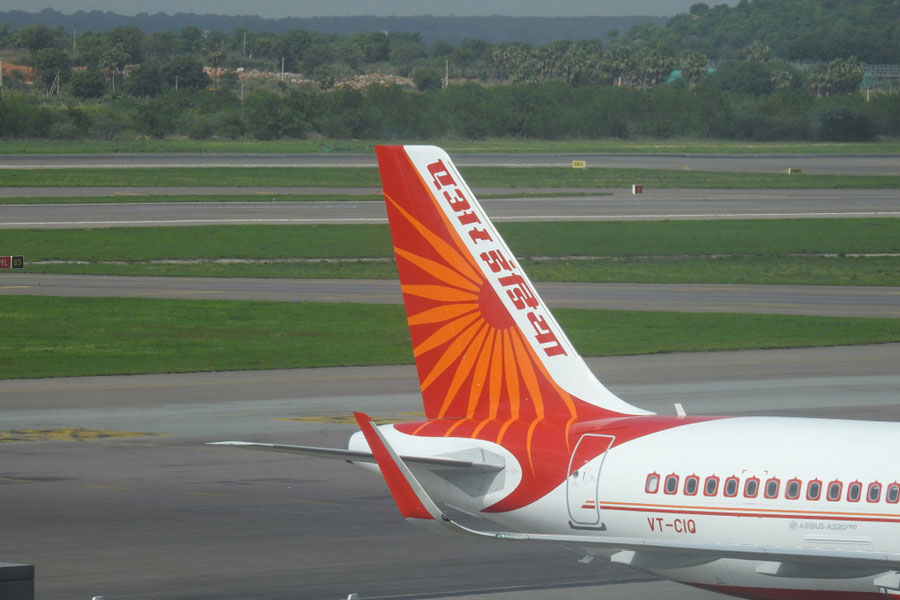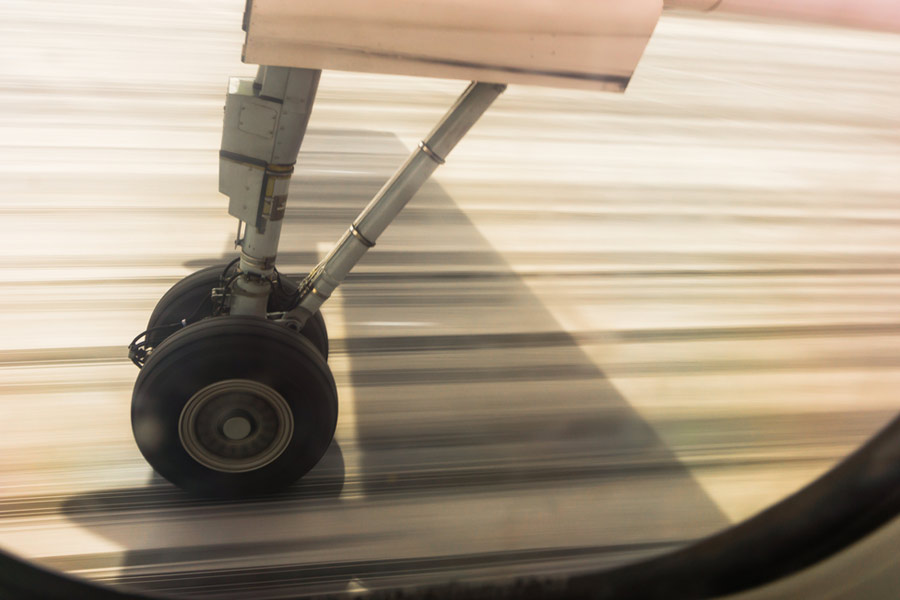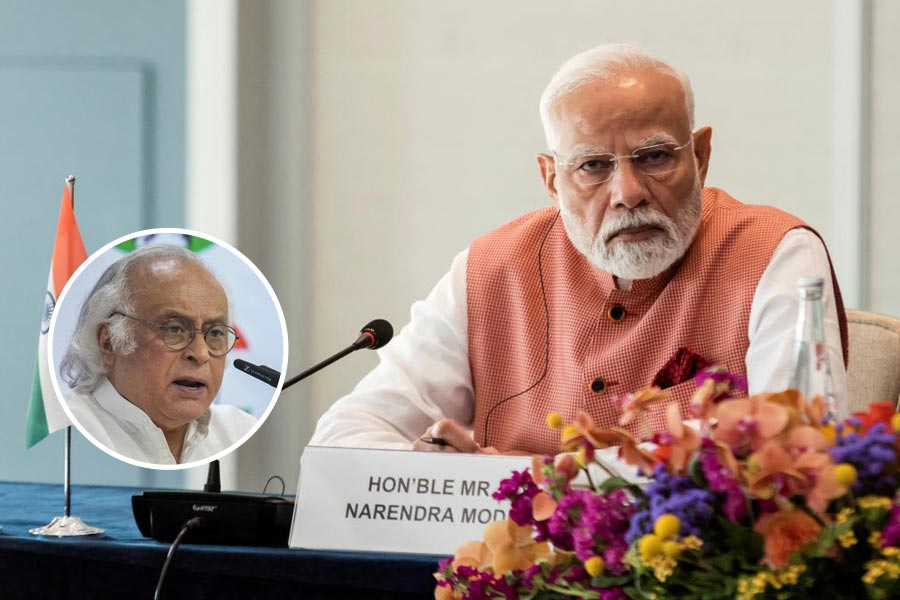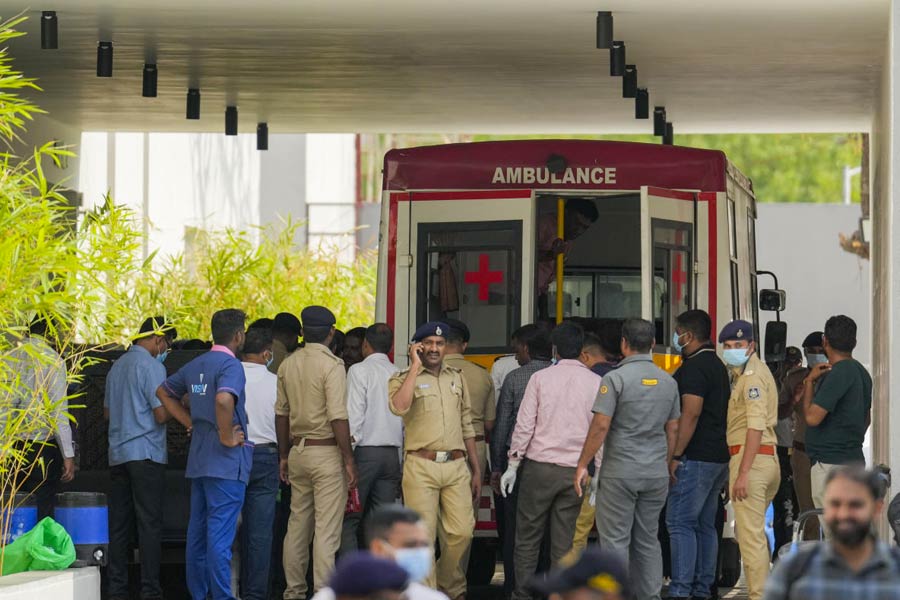|
|
The region between Pakistan and Afghanistan has witnessed continuing violence ever since Alexander’s victory over the Punjabi prince, Porus, in 327 BC.
The recent unprecedented “surrender” of 250 soldiers of the Pakistan army to al Qaida/taliban, followed by the latter’s daring attack on the former in the Northwest Frontier Province, however, has virtually brought the army to the brink. With 37-country Nato troops in the West, and the Pakistan army in the east, the Northwest appears more ferocious than ever before.
General Kayani’s visit on October 16 to the field formations deployed to the NWFP and Federally Administered Tribal Areas, including Miramshah, Malakand, North and South Waziristan and Dera Ismail Khan, was significant, with most US reports since September 11, 2001 tracing major acts of terrorism to Pakistani territory. Militants from many European countries are heading to Pakistan’s Northwest.
Many members of al Qaida have relocated to the mountains, specifically to the FATA in the NWFP. The Pak-Afghan border, which stretches 1,350 kilometres, is home to seven main tribes on the Pakistan side. Although the Pakistan army has two corps, 12 and 11, deployed to Quetta and Peshawar respectively, to deal with eventualities in the Northwest, after September 11, 2001, the strength of the army was increased considerably. President Musharraf concedes that the tribesmen of FATA are “historically fierce fighters” and are strongly independent to this day. But he also maintains that “our ultimate goal is to integrate the tribal area politically into the NWFP”.
The Northwest today is more turbulent, complex and hostile than ever before because the US and its allies are unwanted. Owing to their avowed pro-US policy, Pakistan’s rulers are being branded as enemies of the Islamic State.
In December 2001, when the Pakistan army launched its “Operation Kazha Punga” with 500 elements of the Special Services Group, infantry and the Frontier Corps, they received a nasty blow when their soldiers were killed and the terrorists managed to escape. The operation was a turning point for the armed forces of Pakistan, the trainer, user and controller of the terrorists. Its failure gave rise to the need for special, fast-reacting, hard-hitting forces for the mountains resulting in the creation of the Special Operations Task Force.
Harsh climate, hostile terrain, hard warriors, hot chasers and hospitable friends are what make up the NWFP. No superpower till date could establish its hegemony and no neighbour has had the temerity to subdue its fanatic warriors. No army could withstand the snow and storm of the mountains — the British lost in the 19th century and learnt their lesson. The Russians arrived in style and left in disgrace. And now the Pakistanis have burnt their fingers and Kabul has juridical control over the region. The Nato is in the midst of fierce fighting, but for how long? Yesterday’s Northwest of South Asia is today’s NWFP of Pakistan, an area of eternal turmoil and turbulence. The tradition of tragedy goes on.











